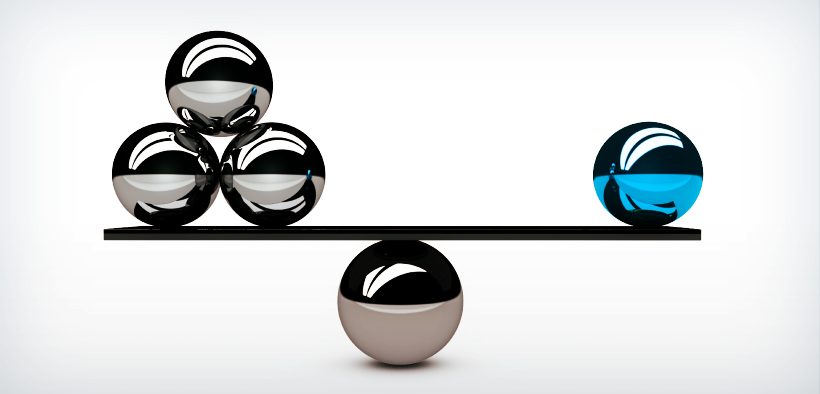Interest in and use of peer assessment has grown in recent years. Teachers are using it for a variety of reasons. It's an activity that can be designed so that it engages students, and if it's well designed, it can also be an approach that encourages students to look at their own work more critically. On the research front, some studies of peer assessment have shown that it promotes critical thinking skills and increases motivation to learn. In addition, peer assessments are a part of many professional positions, which means they're a skill that should be developed in college.
Related Articles
I have two loves: teaching and learning. Although I love them for different reasons, I’ve been passionate about...
Active learning is a mostly meaningless educational buzzword. It’s a feel-good, intuitively popular term that indicates concern for...
Perhaps the earliest introduction a student has with a course is the syllabus as it’s generally the first...
Generative AI allows instructors to create interactive, self-directed review activities for their courses. The beauty of these activities...
I’ve often felt that a teacher’s life is suspended, Janus-like, between past experiences and future hopes; it’s only...
I teach first-year writing at a small liberal arts college, and on the first day of class, I...
Proponents of rubrics champion them as a means of ensuring consistency in grading, not only between students within...









